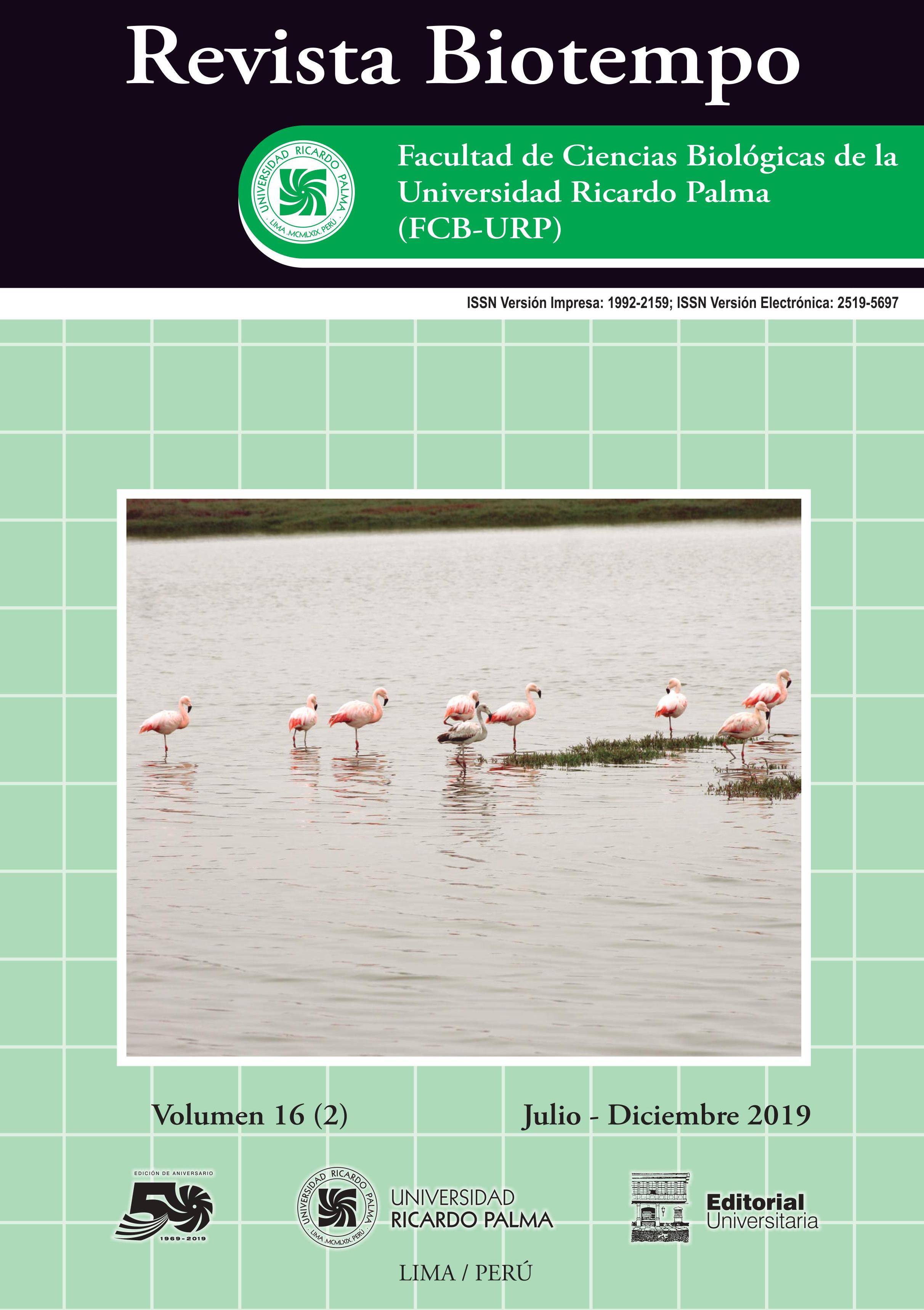SUSTAINABLE ESTIMATION OF ENVIRONMENTAL ECONOMY AND ECOLOGICAL ECONOMY: ONE FACE, TWO COINS
DOI:
https://doi.org/10.31381/biotempo.v16i2.2526Abstract
The environmental protection of resources must represent a social responsibility and only like that, human welfare could be guaranteed. The aim of study was to estimate the sustainability of environmental economy and ecological economy. A rational formula was established for the estimation of sustainable environmental economy and ecological economy (SEEEEE) based on five indicators: 1st) estimated cost of resource, 2nd) cost of temporary benefit, 3rd) social attributable impact, 4th) rate of necessary availability and 5th) value of future generational demand. Determining the following formula ∑ (ECR + CTB + SIA + RNA + VFGD) / 5. From the concentration of lead and cadmium in the waters of San Juan ecosystem of Santiago de Cuba-Cuba, the measurement criterion (high, medium and low) was defined for action estimation of resource (immediate protection, protection not immediate and conserved). It was concluded that the established formula allowed the understanding of rational and sustainable use of environmental resources because it is the same scenario of thought that can be assessed in the present (Environmental Economy) and for the future, showing more concern and commitment (Ecological Economics).










